This post may contain affiliate links. Please see our disclosure policy.
Pressure canning is perfect for preserving vegetables, meat, soup and meals in a jar right on your pantry shelf. These low-acid foods can’t be safely preserved in a water bath canner, but they’re perfect for home pressure canning!
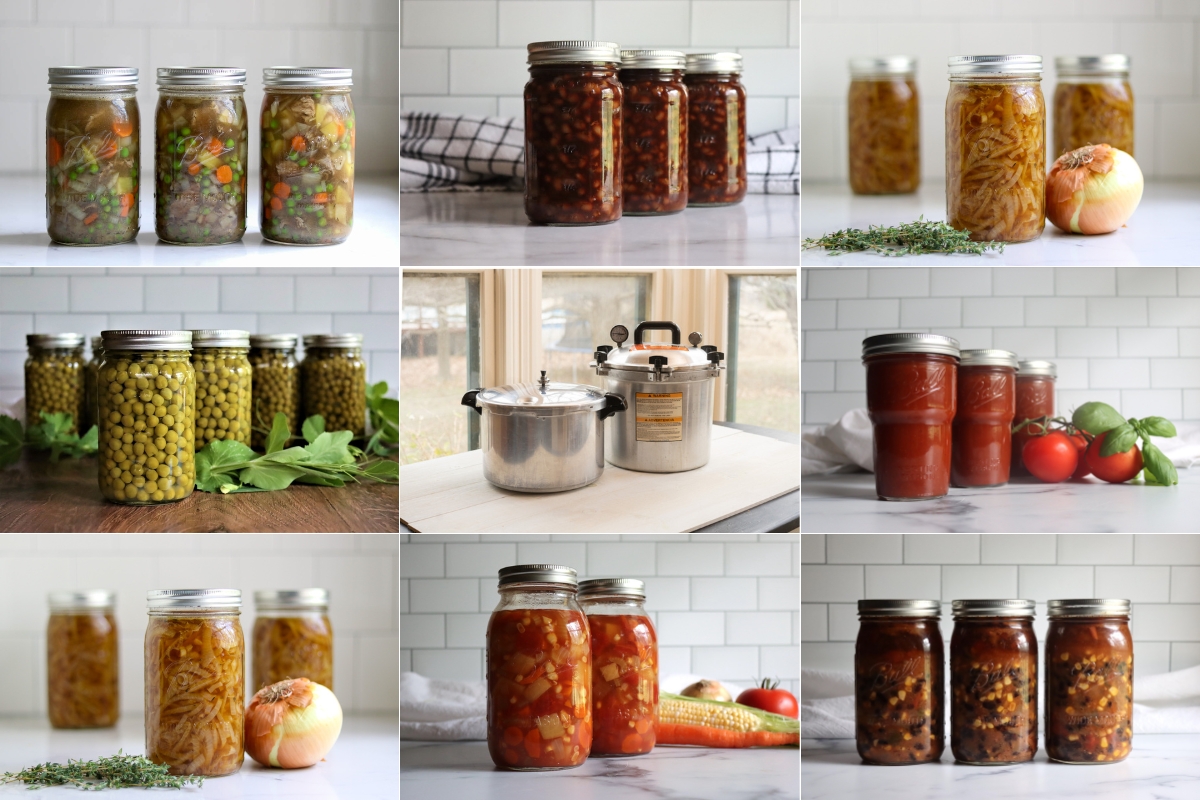
Table of Contents
- What Foods Need a Pressure Canner?
- Things You Cannot Can in a Pressure Canner
- Pressure Canning Vegetables
- Pressure Canning Root Vegetables & Tubers
- Pressure Canning Soup Recipes
- Pressure Canning Broth Recipes
- Pressure Canning Bean and Chili Recipes
- Pressure Canning Meat
- Pressure Canning Wild Game Meat
- Pressure Canning Seafood
- Pressure Canning Meat or Vegetables Recipe
- Canning Recipe Lists
The Internet is full of beginner-friendly, simple water bath canning recipes. There are so many variations of pickles, jams, and relishes. Unfortunately, pressure canning recipes are a bit harder to find. I love pressure canning recipes because they allow me to can a wider range of foods, including low-acid foods like meat and vegetables.
(If you’re new to pressure canning, I recommend reading this beginner’s guide to pressure canning before getting started. Pressure canners are specific pieces of equipment that are much different than pressure cookers. You cannot make any of these recipes in an instant pot.)
Water bath canning is still a helpful skill and a great way to get started for beginners who are entirely new to canning. It’s a safe and straightforward way to preserve jams, jellies, fruits, and pickles. However, if you want to put up more pantry, staples, and even entire meals, you must learn to pressure can.
Pressure canning is suitable for a variety of nutrient-dense foods and meals, including vegetables, potatoes, soups, stews, stock, and even ground meat.
All of these are considered low-acid foods. This means that they are not safe to preserve in a water bath canner. They require the higher temperatures created in a pressure canner for safe home preservation.
Table of Contents
- What Foods Need a Pressure Canner?
- Things You Cannot Can in a Pressure Canner
- Pressure Canning Vegetables
- Pressure Canning Root Vegetables & Tubers
- Pressure Canning Soup Recipes
- Pressure Canning Broth Recipes
- Pressure Canning Bean and Chili Recipes
- Pressure Canning Meat
- Pressure Canning Wild Game Meat
- Pressure Canning Seafood
- Pressure Canning Meat or Vegetables Recipe
- Canning Recipe Lists
What Foods Need a Pressure Canner?
In general, any low-acid food or food with a pH above 4.6 can only be pressure canned. This includes:
- Chili and Baked Beans
- Dry Beans ~ Black Beans, Pinto Beans, Navy Beans, etc.
- Meat of All Kinds ~ Beef, Chicken, Pork, Venison, etc.
- Soups and Stews
- Some Tomato Products, like pasta sauce with low-acid ingredients such as mushrooms, onions, and peppers included.
- Stocks and Broths ~ Both Meat and Veggie
- Vegetables ~ Potatoes, Pumpkin, Green Beans, Etc.
You can also process any of your water bath canning recipes in a pressure canner. I like to use my pressure canner because it processes the cans faster and doesn’t steam up the kitchen as much.
However, while water bath canning recipes are safe for a pressure canner it doesn’t work the opposite way.
One exception is when we pressure can water to keep on hand for emergencies. You can also do this in a water bath canner.
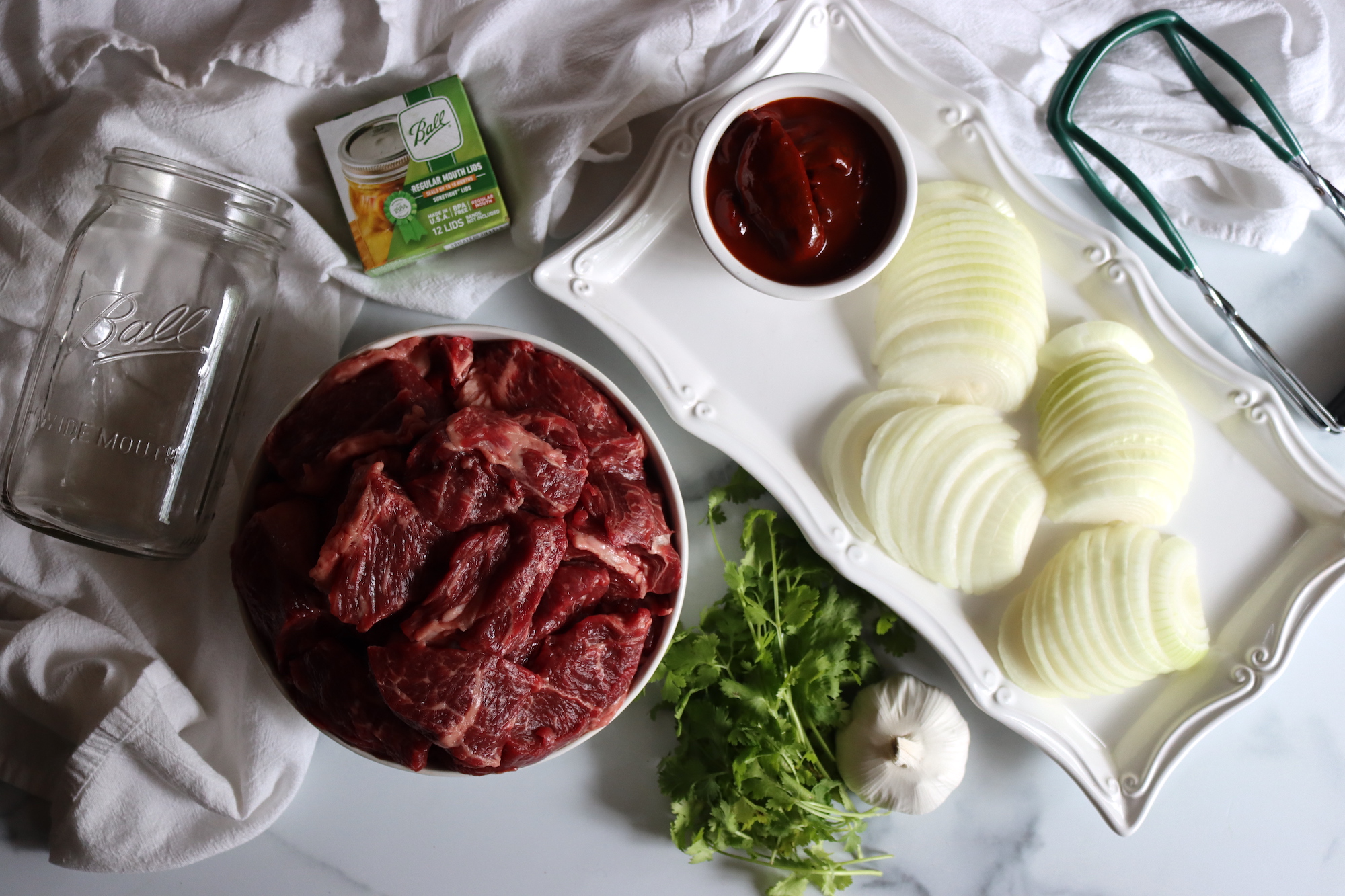
Things You Cannot Can in a Pressure Canner
A pressure canner definitely allows for a wider range of recipes and foods. Unfortunately, some foods are unsafe for canning, even in a pressure canner and while you may find plenty of recipes for canning milk on social media, it’s not a good idea. The following foods are unsuitable for home canning, regardless of the method you use:
- Coconut Milk
- Eggs, including pickled eggs
- Flour, Corn Starch, and most thickeners (Canning Clear Jel is the only Exception)
- Milk, Cream, Butter, and Other Dairy Products
- Rice, Pasta, and Other Starchy Foods
None of these foods are safe for pressure canning. However, there is an abundance of canning recipes available on social media and the internet that use these ingredients. This is one of the many reasons I recommend getting familiar with basic canning safety.
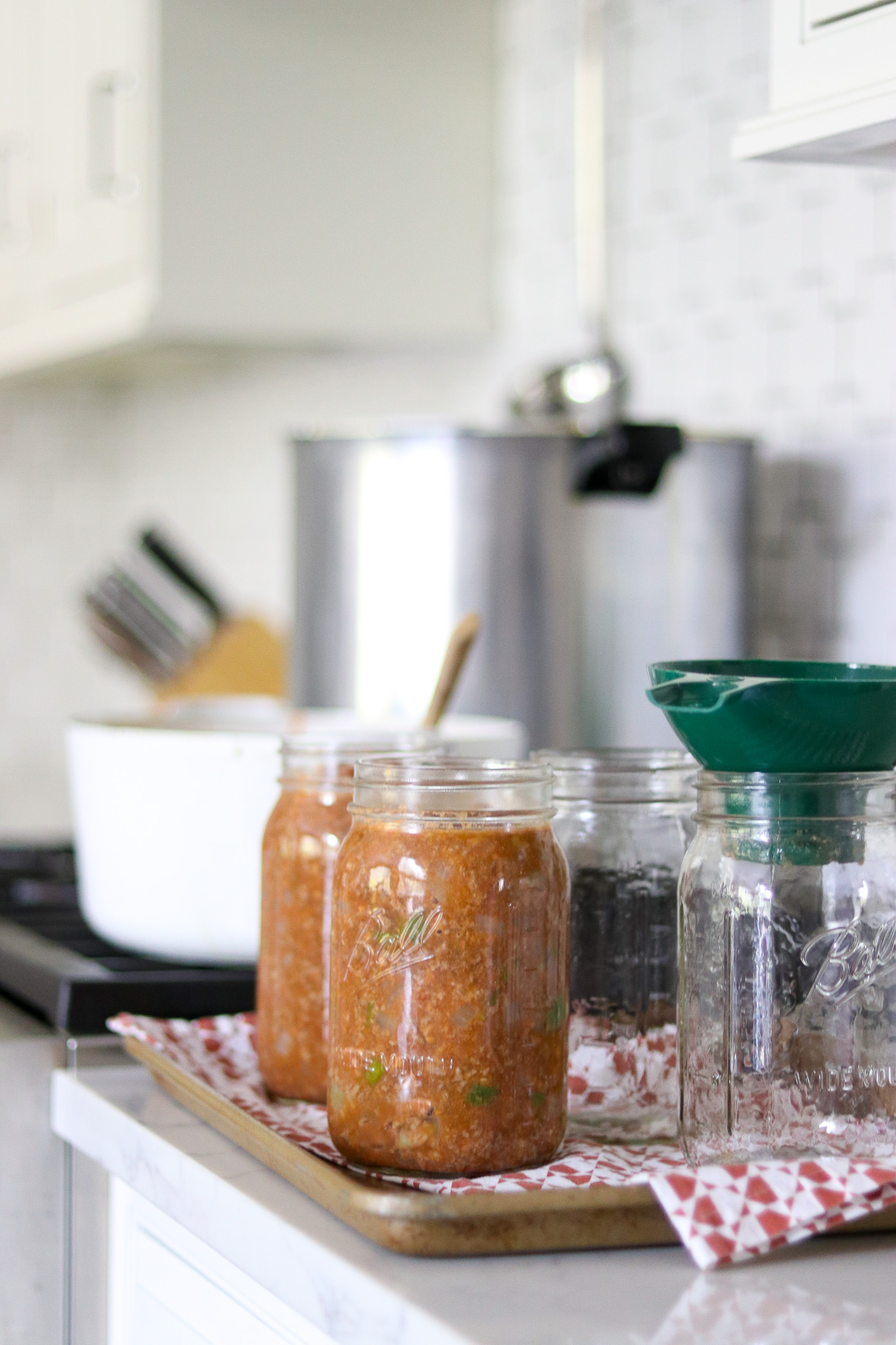
Pressure Canning Vegetables
Finding a good method to preserve vegetables from our garden was one of the reasons I started pressure canning. You can eat so many dilly beans before you want a plain green bean!
It’s a fantastic feeling to take your fresh garden, produce, or seasonal produce from the farmers market, preserve it, and store it away in your pantry for winter. There’s no comparison with store-bought canned goods.
I also prefer pressure canning because it saves on freezer space. I live on a solar system with limited power and freezer space, but this is also an essential consideration if you live in an area that sometimes experiences power outages. If you’re already familiar with water bath canning, fruits, pressure canning your own vegetables is a great next step.
Some vegetable pressure canning recipes are straightforward. Though not typically challenging, others have specific instructions that you cannot ignore.
For example, when pressure canning pumpkin, the pumpkin must be cubed. It isn’t safe to can pumpkin as a purée. When puréed the heat does not adequately penetrate the center of the jar, making the food unsafe.
(The canned pumpkin purée you find on grocery store shelves undergoes a completely different industrial canning process. This rigorous processing would break glass jars and isn’t like pressure canning at home.)
- Canning Asparagus
- Canning Greens, like Spinach, Turnip Greens, Collards, Kale, Swiss Chard
- Canning Corn
- Canning Pumpkin
- Canning Tomatoes (water bath or pressure canning)
- Canning Okra
- Canning Peas
- Canning Lima Beans
- Canning Green Beans
- Canning Peppers
- Canning Mushrooms

Pressure Canning Root Vegetables & Tubers
Many historic and traditional homesteaders stored their root vegetables in a root cellar, but this isn’t always an option. Whether you live in an arid location out west, have a small suburban or apartment, homestead, or just don’t have a root cellar available, pressure canning can be a great alternative.
I do have a root cellar here on my Vermont homestead but I still choose to pressure can some of our root vegetables. Our family has a busy lifestyle, and pre-cooked root vegetables like potatoes and beets that just need to be warmed up are a wonderful convenience.
- Canning Carrots
- Canning Beets
- Canning Onions
- Canning Parsnips
- Canning Rutabaga
- Canning Turnips
- Canning Sweet Potatoes
- Canning Potatoes
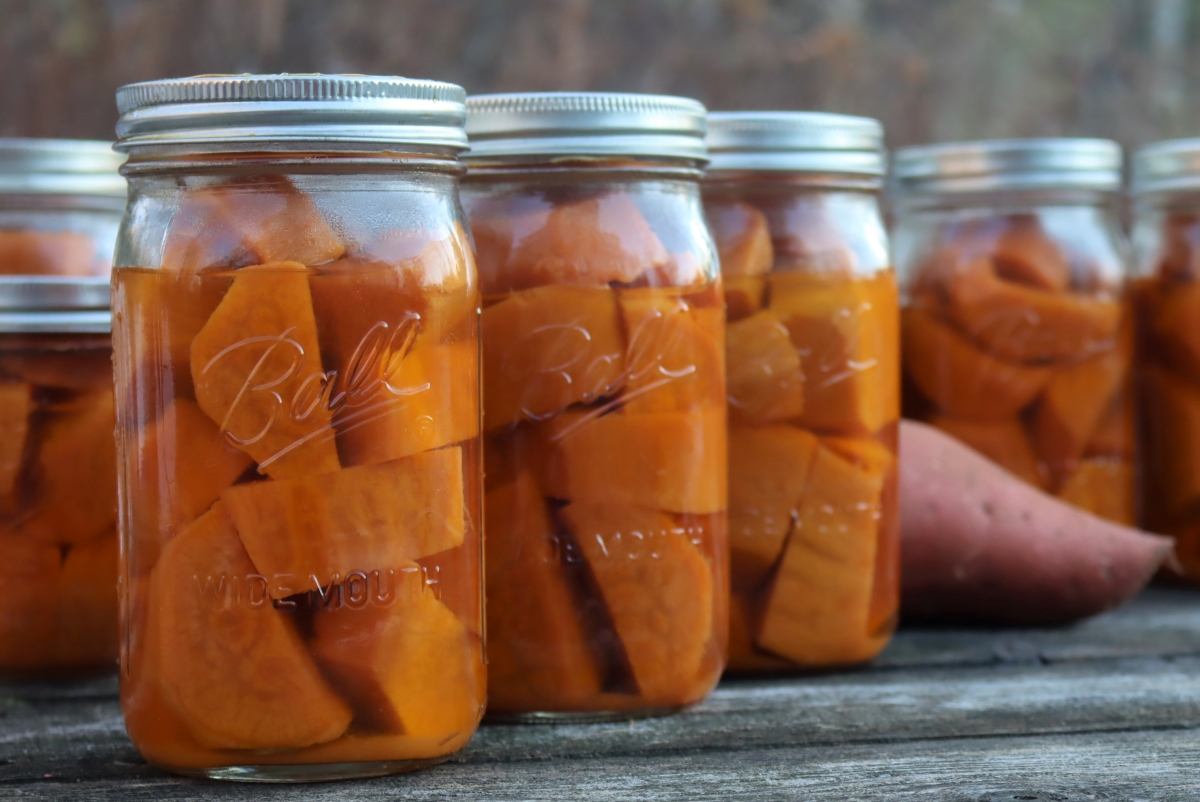
Pressure Canning Soup Recipes
Homemade soups are another way that pressure canning adds convenience to our everyday lives. Although it takes some extra effort upfront to make and then pressure can the soup, having jars of soup ready to go in the pantry is well worth the effort.
I like to make huge batches when pressure canning soup, doing all the prep work, chopping, and simmering at once.
Even with all the work, it saves a lot of time on future dinners. My homemade canned soups are a favorite with the family when we’re feeling under the weather or having a late weeknight.
As I mentioned at the beginning, it’s not safe to pressure can starchy foods like pasta and rice. So when I make a soup that I enjoy those ingredients in, I cook them separately when I’m ready to eat the soup.
I have a separate article with more than a hundred soup canning recipes, but here are some of my favorites:
Chicken
Beef
Pork
Vegetable
- Thai Coconut Squash Soup
- Turkey Chili Soup
- White Bean and Kale Soup
- French Onion Soup
- Canning Asparagus Soup
- Home Canned Carrot Soup
- Canning Mushroom Soup Base
- Roasted Tomato Basil Soup
- Southwest Tomato Soup
- Heirloom Tomato Soup
- Spicy Tomato Vegetable Soup
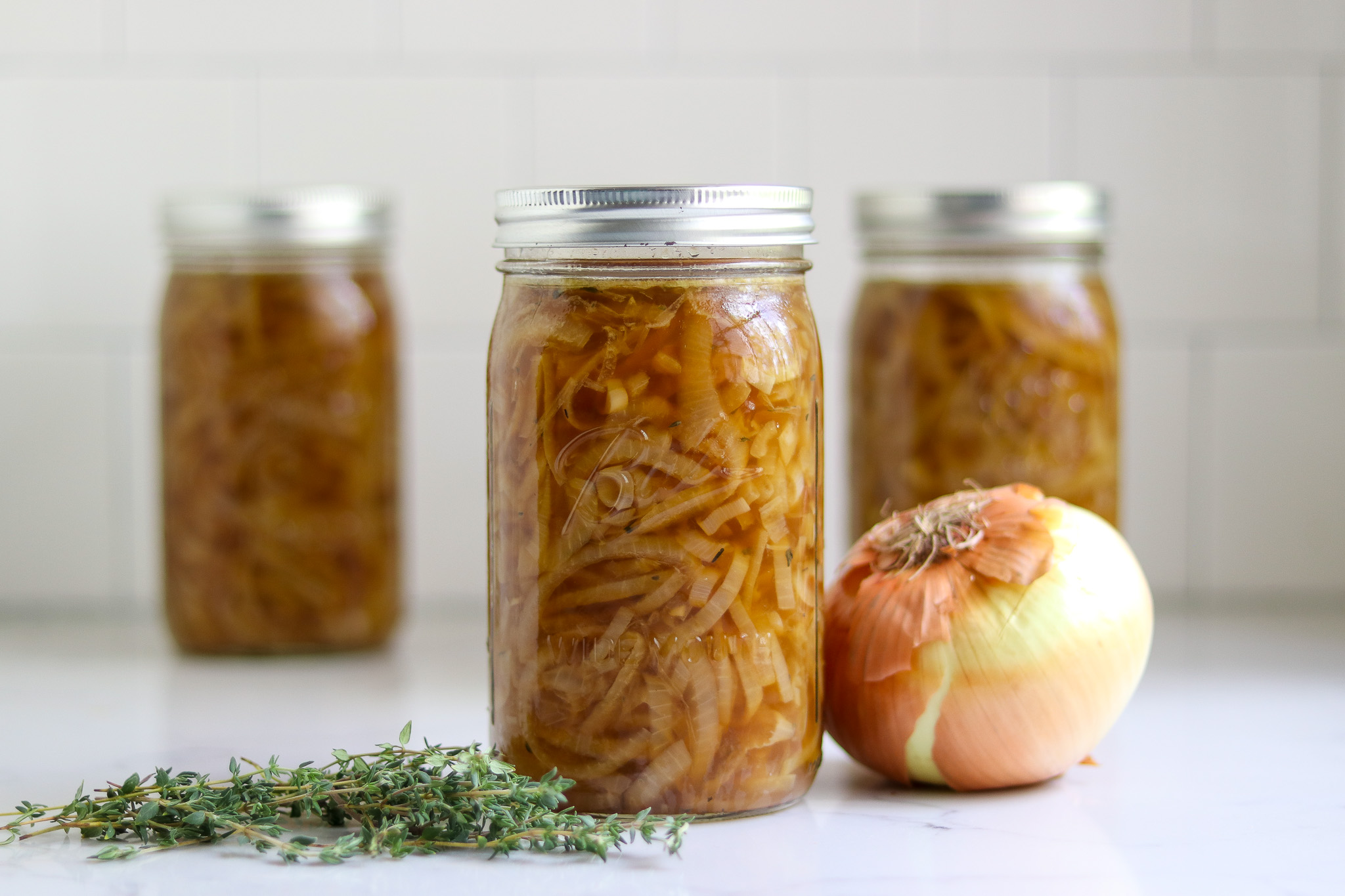
Pressure Canning Broth Recipes
While, home-canned soup is one of my favorite convenient meals in a jar, I can a much larger amount of broth. Broth is incredibly versatile and adds flavor and nutrients to many of our homemade meals. I use it for gravy, sauces, stews, and even just adding additional flavor to pasta, rice and other grains.
At any given time, you’ll probably find 60 to 80 quarts of pressure-canned broth in my cellar. My favorites are beef broth, duck stock, and pork stock, but there are plenty of other homemade recipes.
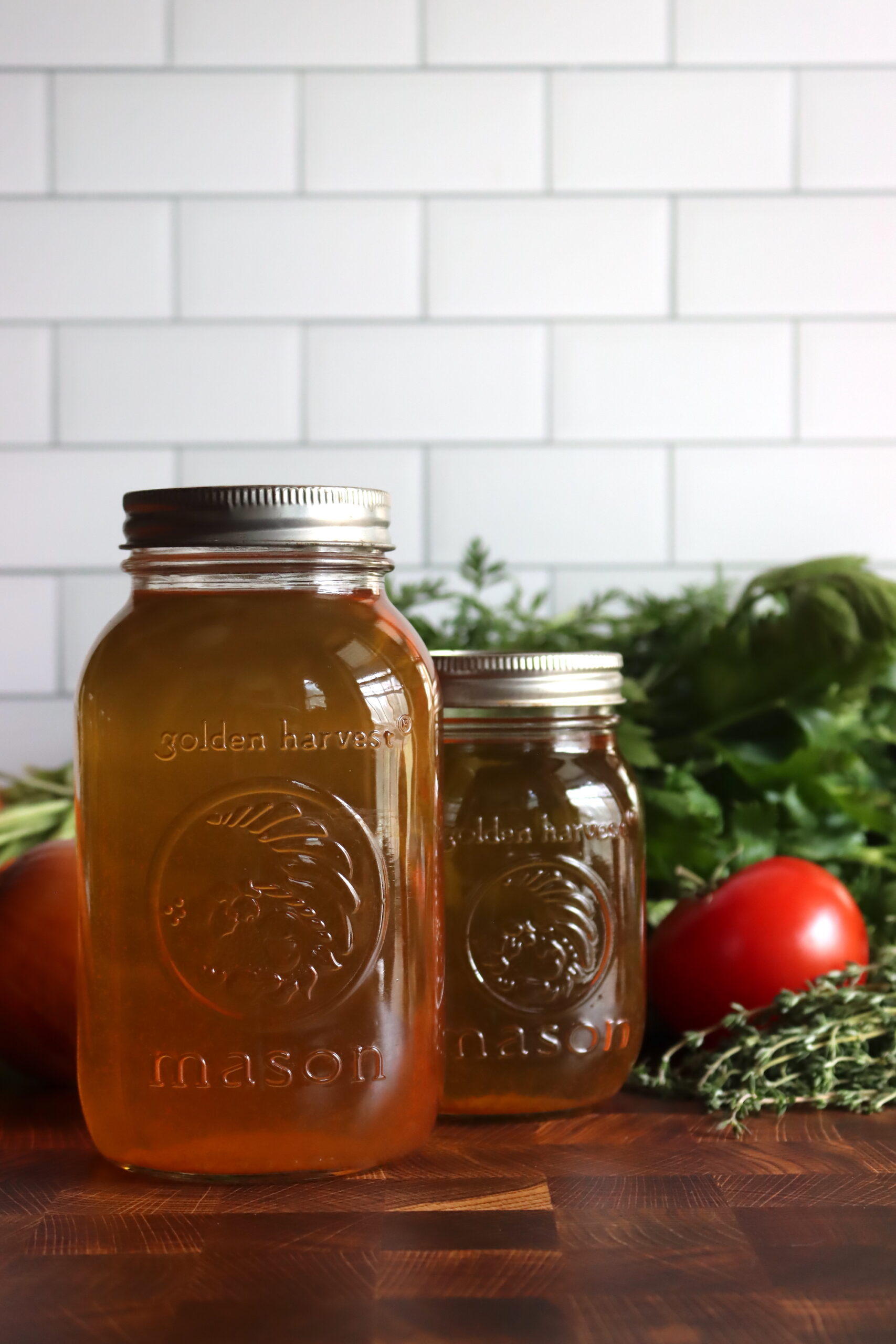
Pressure Canning Bean and Chili Recipes
homemade soups are great light meals. I love them when we’re sick or paired with other sides to provide a more filling meal. However, I’m usually looking for something a little more filling. Especially on cold winter days, I like to be able to pull some hearty meals out of the pantry. That’s why I also pressure can various bean and chili recipes.
If you buy dry beans, you’ll know it can take 2 to 3 hours to cook them on the stove. You really need to plan ahead when you want to enjoy them for dinner. Believe it or not, it actually takes less time to pressure them. That’s why these days, I almost always do it ahead of time.
My favorite two are plain pinto and plain black beans. These preserved beans are ready to add to a quick, filling dinner.
- Pressure Canning Chili Con Carne
- Beans with Salt Pork and Tomato Sauce
- Cajun Red Beans and Andouille Sausage
- Boston Baked Beans
- Canning Beans: How to Can Dry Beans at Home
- Burrito Filling
- White Bean Chicken Chili
- Chicken Chili Verde
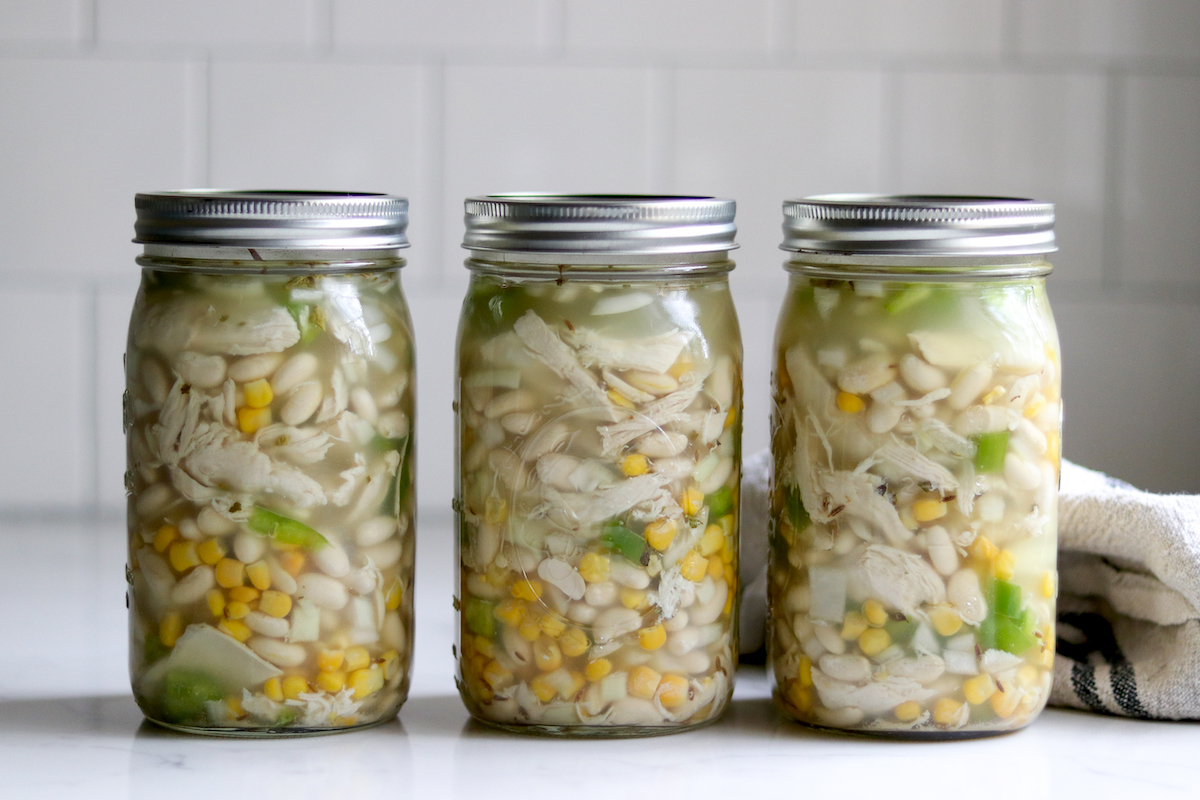
Pressure Canning Meat
Preserving large amounts of meat, whether from your homestead processing or a grocery store sale, takes up large amounts of freezer space. Our homestead runs on solar, so we have somewhat limited power and, therefore, somewhat limited freezer space. Some meat, like bacon, salami, and other cured meats, can be preserved with salt, but I try to avoid large amounts of salt. Pressure canning is a great alternative for my family. Pressure canning meat means we have more quick meals on hand and more space in the freezer.
Some of my readers who were born in the 30s and 40s have shared fond memories of eating home-canned beef straight out of the jar. It made a great afterschool snack if you could sneak into grandma’s pantry and grab a jar. It was so much more nutrient-dense than the afterschool snacks of today.
- Chipotle Beef for Tacos
- Beef Pot Roast in a Jar
- Beef with Wine Sauce
- Meatballs in Stock
- Taco Meat (Ground beef and seasoning)
- Chicken Taco Meat
- Salisbury Steak
- Canning Hamburger (patties or crumble)
- Beef Tips and Gravy
- Pressure Canning Beef
- Canning Turkey
- Asian Seasoned Chicken
- Canning Chicken (or Rabbit)
- Chicken and Gravy Dinner in a Jar
- Greek Seasoned Chicken
- Rosemary Chicken
- Spicy Chili Lime Chicken
- Thai Red Curry Duck (or Chicken)
- Canning Pork
- Quebec Pork Meatballs
- Pork Meatballs
- Pork Sausage
- Pork Spareribs
- Pork Tenderloin
- Pulled Pork
- Sausage Crumbles or Patties
- Mississippi Pork Roast
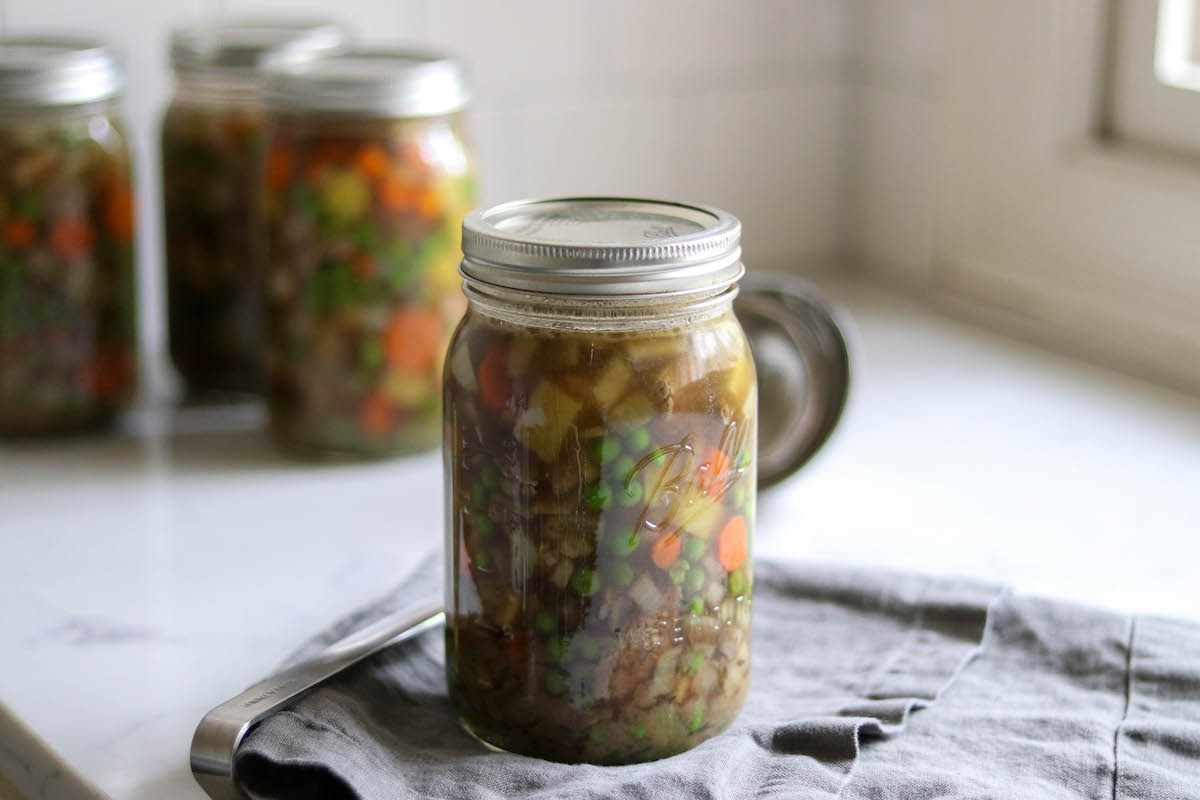
Pressure Canning Wild Game Meat
Just like our homestead harvests, our wild harvests are often much bigger than the freezer space we have available. When we get a huge harvest, pressure canning is a must. I also find that it’s a great way to tenderize tougher game meat.
If you live on a homestead with limited electricity, somewhere where there are frequent powder outages, or somewhere remote without dependable electricity at all, pressure canning is the way to go.
- Canning Duck or Goose
- Elk, Moose, or Caribou
- Canning Chicken or Rabbit
- Canning Venison Cubed and Raw Packed
- Canning Bear Meat
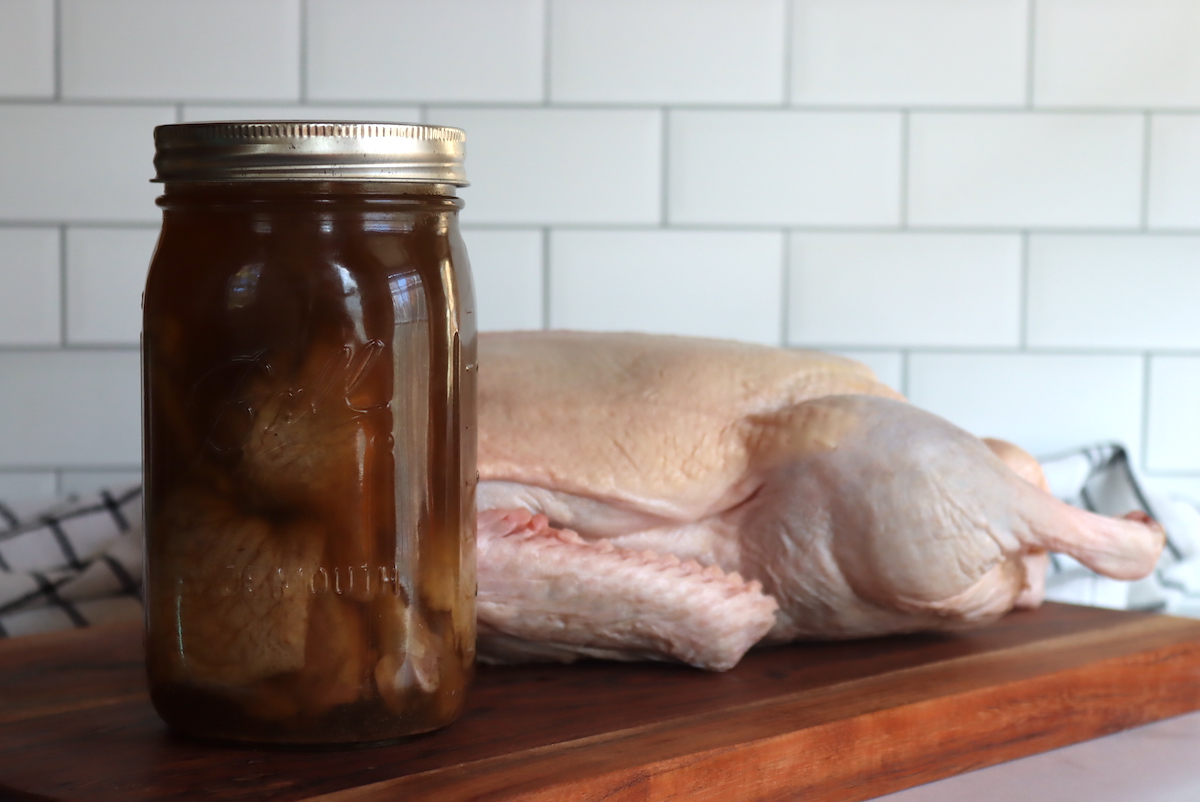
Pressure Canning Seafood
I recommend pressure canning fish and seafood for folks who have some prior experience with pressure canning. Fish and seafood pressure canning recipes are a bit more complicated than other meat canning recipes. Recipes for freshwater and ocean seafood can be different and more involved.
For example, the following pressure canning recipe for tuna has very specific instructions, and it’s important to follow them to the letter.
- Oysters
- Clams
- Canning Crab Meat
- Canning Tuna
- Canning Salmon
- Canning Shrimp
- Canning Smoked Fish At Home
- Canning Trout
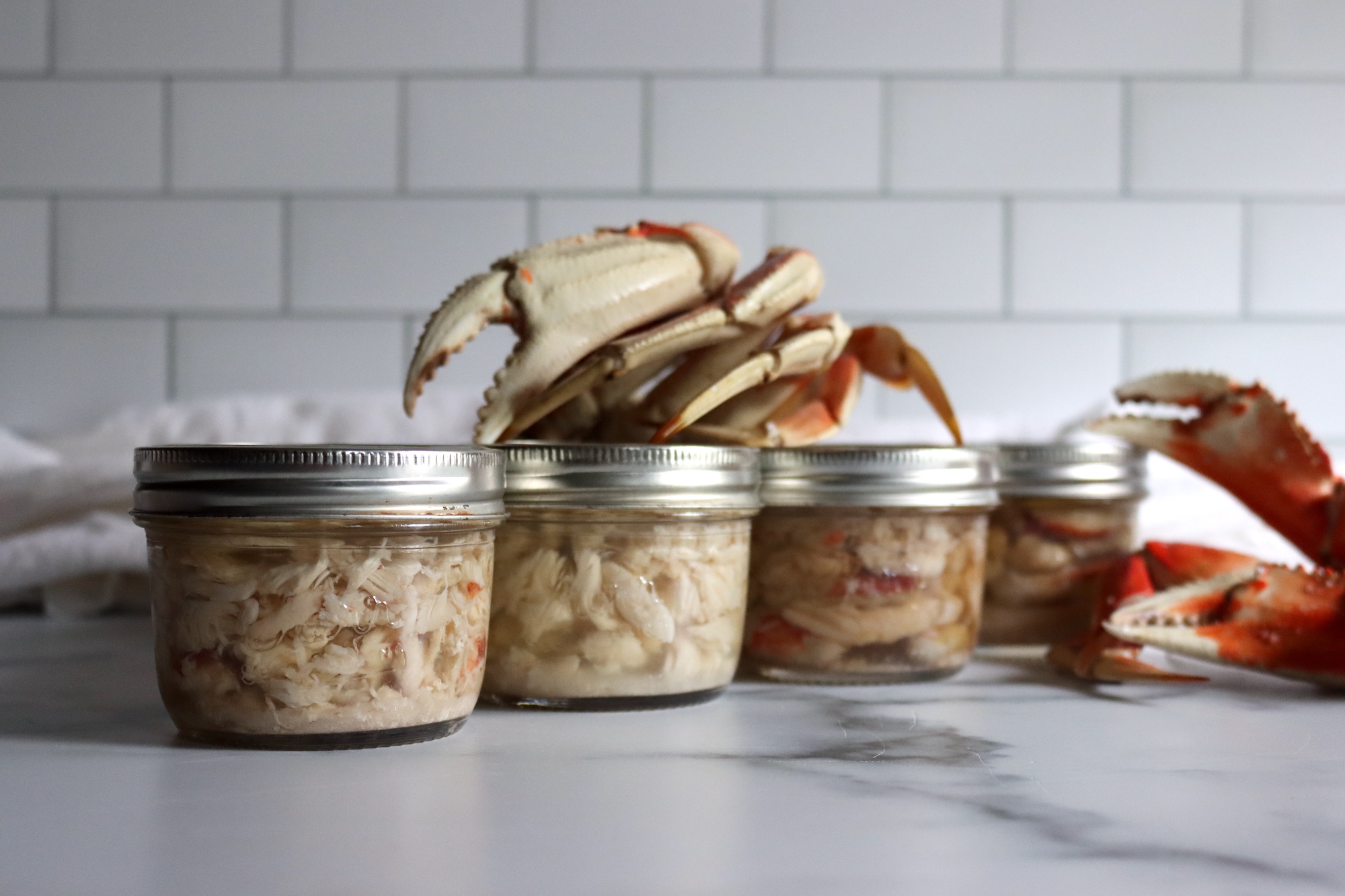
You can also incorporate seafood into soup and meal-in-a-jar recipes:
- Salmon Chowder Base
- Nordic Salmon Soup
- Fish Chowder Base
- Clam Chowder Base (New England or Manhattan Style)
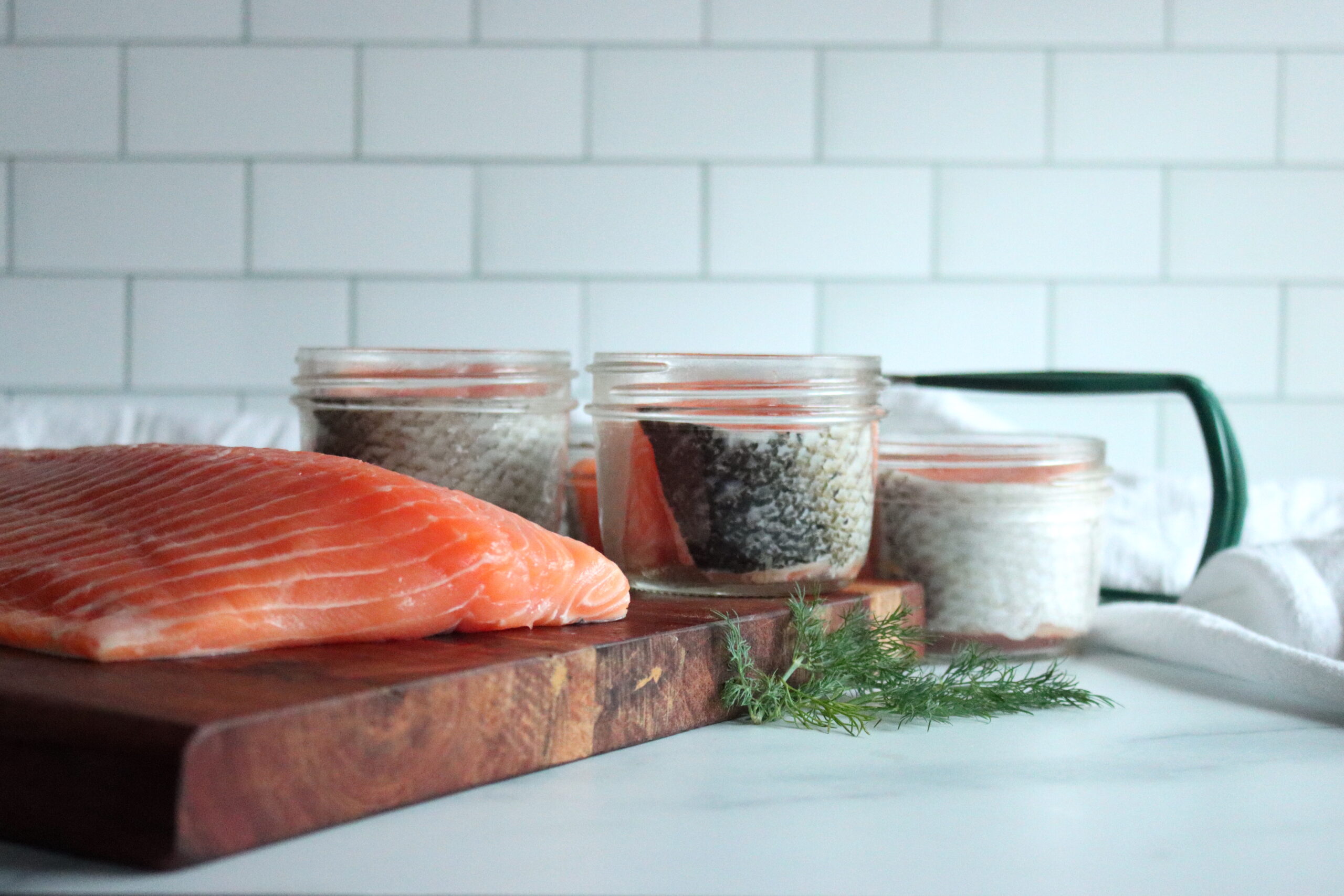
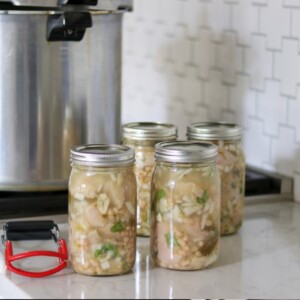
Pressure Canning Meat or Vegetables
Equipment
- Pressure Canner I use an All American Model 930
Ingredients
- Meat, Beef, Poultry, Pork, etc.
- Fresh Vegetables, Carrots, Potatoes, Beans, Peas, etc.
- Broth, Stock, Water, or Juice
- Herbs and Spices, Optional
- Salt, Optional, but recommended for flavor
Instructions
Prepare Ingredients:
- Meat: Trim fat and cut into appropriate sizes (bite-sized pieces or strips). Meat can be raw or cooked, except for ground meat, which should be browned before canning.
- Vegetables: Wash, peel, and chop vegetables according to their canning requirements (some may require blanching or pre-cooking).
- Broth/Stock: Prepare or use store-bought broth, stock, or water. You may season broth with herbs, salt, or spices if desired.
- Herbs and Spices: Add any optional spices or herbs, but do not thicken the mixture (e.g., cornstarch, flour) as it can interfere with heat penetration during the canning process.
Fill Jars
- Raw Pack Method: Pack raw meat or vegetables into jars, leaving 1-inch headspace at the top. Pour boiling broth over the top of the jar contents, maintaining 1 inch headspace.
- Hot Pack Method (cooking ingredients before canning), heat the ingredients first by bringing them to a simmer in a stockpot for 5 minutes, and then pack into jars, leaving 1-inch headspace.
- Gently tap the jars on the counter or use a plastic utensil to remove air bubbles. Wipe the rim of the jar clean to ensure a good seal.
- Place lids on jars and secure with metal rings (not too tight, just fingertip-tight).
Process in Pressure Canner
- Set up pressure canner according to manufacturer’s instructions.
- Processing Times:
- For Pints: 60–100 minutes (depending on the type of food)
- For Quarts: 75–100 minutes (depending on the type of food)
- Pressure Settings: Adjust pressure based on your altitude (refer to the altitude adjustments below).
Cooling and Storing
- Once the processing time is complete, turn off the heat and let the pressure canner cool down naturally.
- Do not force the pressure to drop (i.e., don’t open the valve or try to quick cool the canner). Wait for the pressure to return to zero.
- Carefully remove the jars and allow them to cool completely on a clean towel or cooling rack (do not touch lids to check seals until fully cooled).
- Check seals after 12–24 hours: If the lid is concave and doesn’t move when pressed in the center, the jar is sealed.
- Store sealed jars in a cool, dark place (ideally 50–70°F). Unsealed jars can be refrigerated and used within a few days.
Notes
Altitude Adjustments:
For Dial Gauge Pressure Canners:- 0–2,000 feet: 11 lbs pressure
- 2,001–4,000 feet: 12 lbs pressure
- 4,001–6,000 feet: 13 lbs pressure
- 6,001–8,000 feet: 14 lbs pressure
- 0–1,000 feet: 10 lbs pressure
- Above 1,000 feet: 15 lbs pressure
Nutrition
Nutrition information is automatically calculated, so should only be used as an approximation.
Canning Recipe Lists
Looking for something different? I have over 300 canning recipes for just about everything you could want…
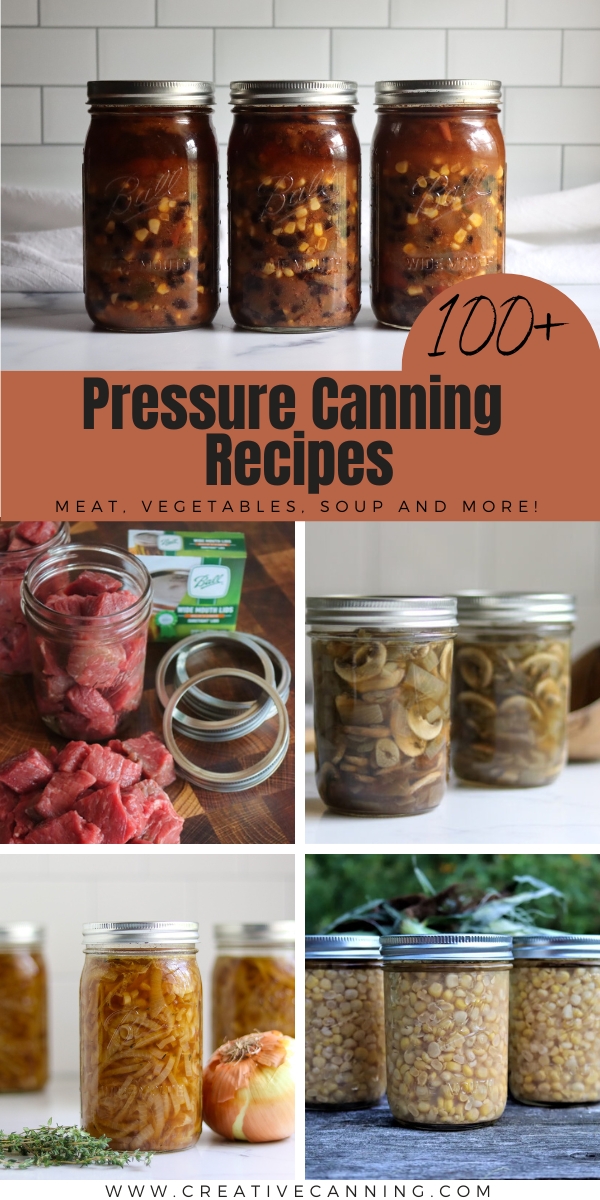
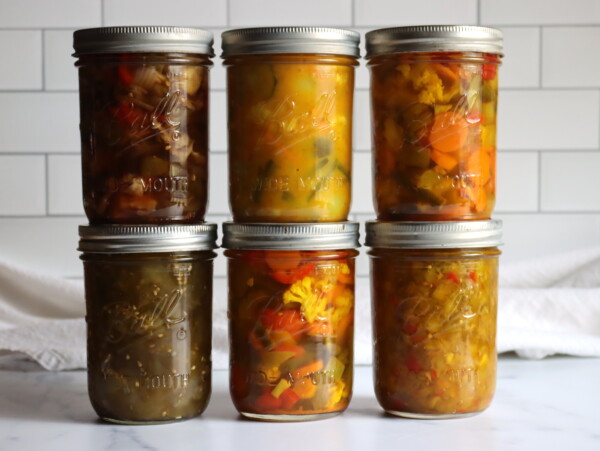
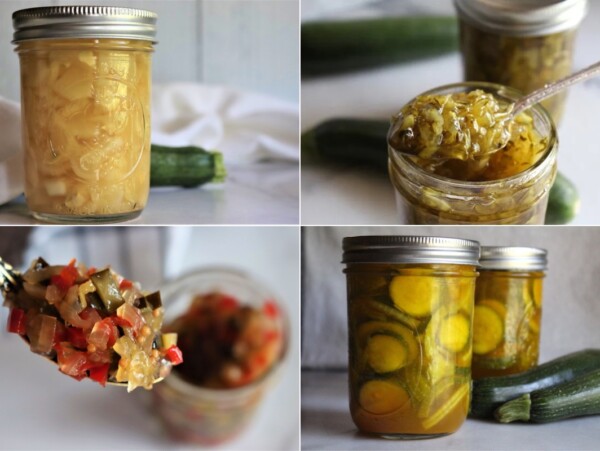
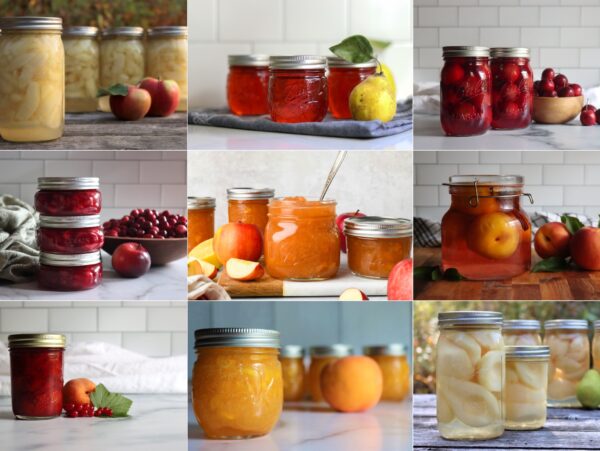

Pressure canning really is easier than you think, once you get past the worry your first time. We put up hundreds of jars a year and it’s a real lifesaver on busy weeknights. So happy I started all those years ago!
These are wonderful. I love that you’ve included so many!
You’re quite welcome!